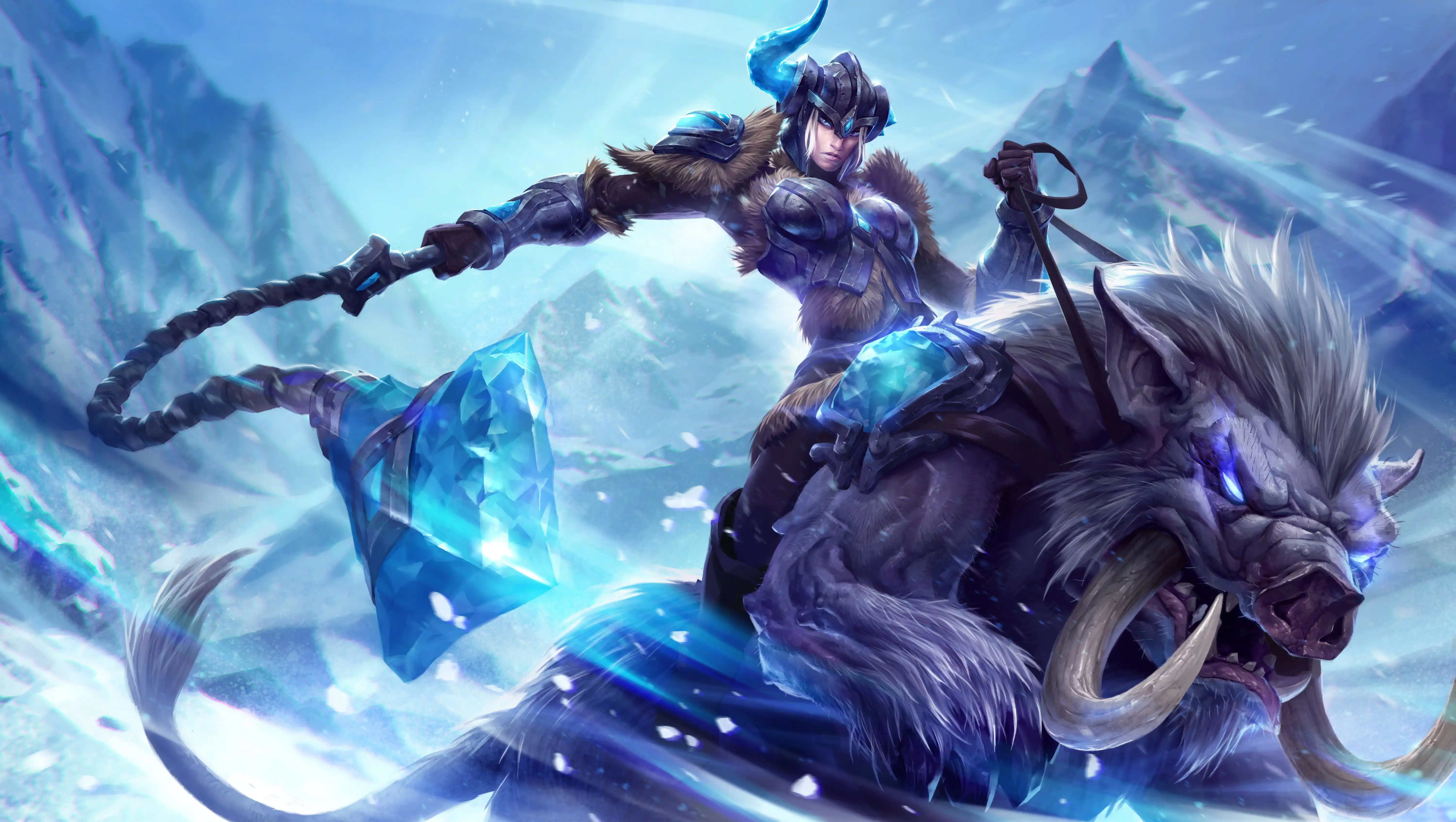League of Legends (LoL) is a multiplayer online game known for its intricate gameplay dynamics and distinct roles for each player. One of the most crucial roles is that of the ADC (Attack Damage Carry).
ADC leads play an essential role in the team's success. They usually have abilities centered around dealing damage to opponents. Other team members often bank on their ADC lead to carry the match towards victory with great skill and strategy.
As with every role, ADCs have their challenges. The primarily revolves around dealing with the pressure and expectations from team members. It's important to understand these challenges to appreciate the role of ADC and help them function at their optimal peak.

First, ADC leads often get instructions from players pursuing other roles about the best approach for them. Sometimes, this advice is helpful but, more often than not, these suggestions contain misconceptions about the nature of the ADC role.
Sometimes, players give out advice to ADCs without a proper understanding of the mechanics involved. They might ask ADCs to farm minions over and over again, or tell them to focus only on dealing damage. While these instructions might be well-intentioned, they don't cater to the broad range of strategies ADCs can adopt, depending on the game's progression.
It's also common for ADC leads to face criticism from their peers for not dealing enough damage. However, what other players may consider low output, may actually be a calculated tactic by the ADC. Maximizing damage isn't always the most effective option as it can expose the ADC to potential threats and reduce their lifespan in the match.
ADCs are also expected to relentlessly push their lane, even when the shifts in control make this strategy unfavorable. The timing and effectiveness of pushing a lane is directly influenced by the team's movements and the opponent's strategies. A well-timed switch or retreat can often be more beneficial over pure aggression.
There's also the myth that an ADC should always support their team's jungler, even at the cost of their lane's progression. ADCs indeed play a key role in cooperating with their jungler, but such co-operation has to be balanced with their central role: dealing damage and securing objectives for their team.
Another mistaken belief is that an ADC should always focus on attacking the opponent team's highest damage dealer. While this can occasionally be a good strategy, it fails to take into account the importance of targeting the most vulnerable opponents, enabling quick eliminations and subsequent advantages.
The dynamics of a LoL match are highly fluid, and often, it falls on ADCs to adapt to the changing environment more than other roles. The 'go with the flow' approach is integral to an ADC's game, and requires an understanding of situational analysis over rigid tactics.
Team synergy is also critically important to ADCs. Their effectiveness largely depends on the rapport they share with their support. The better the chemistry between ADC and support, the higher their chances of succeeding. It's essential for the team to respect this bond and support this dynamic duo.
It's crucial to remember that sometimes engagements won't end favorably for ADCs. This doesn't imply that their choice was wrong, but further emphasizes the unpredictable nature of the game. Constantly blaming or criticizing the ADC can unduly hamper their game.
It's also worth noting that ADCs have unique gameplay mechanics, different from most other roles. They require a distinct set of skills, particularly precision and spatial awareness. Velocity and range are critical aspects that define an ADC's abilities to engage opponents and execute the right strategies.
ADCs aren't necessarily the vanguards in engagements. The nature of the role makes it indispensable to play carefully, capitalizing on range and positioning over raw aggression. While it can seem like they're 'staying back', they are actually in their optimal position to deal damage most efficiently.
In short, the expectation for ADCs to be persistent damage machines at all times can lead to overlook tactical considerations. Rather than expecting them to adhere to the archaic norms of 'more aggression' and 'more damage', it's wiser to appreciate the nuanced tactics they employ.
Finally, the best way to empower your ADCs is communication. Providing them with useful advice, bearing in mind the specificity of their role, is much more beneficial than putting continuous pressure on them.
Players of League of Legends must foster an environment that promotes understanding and goodwill, rather than animosity and bias. The game experience can be enhanced significantly when all players appreciate each other's roles and contributions.
Understanding ADC leads' peculiar challenges and gameplay can contribute to better team dynamics and gaming experience. With a more nuanced understanding of this role's intricacies, one can develop impactful strategies that can lead to even better enjoyment of the fascinating game that is League of Legends.